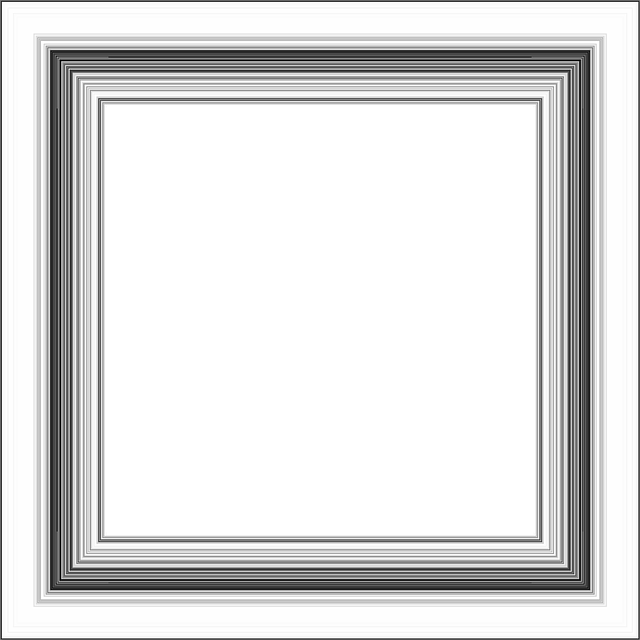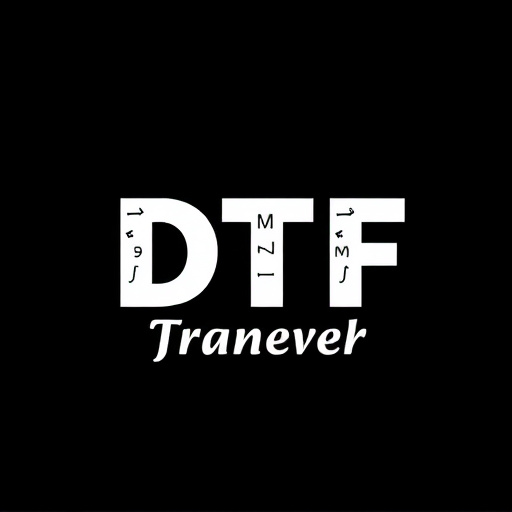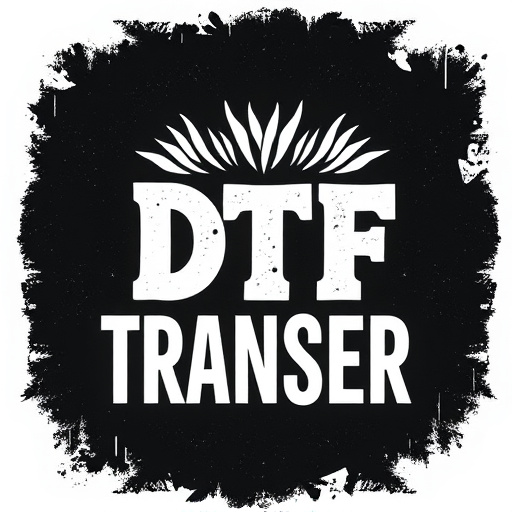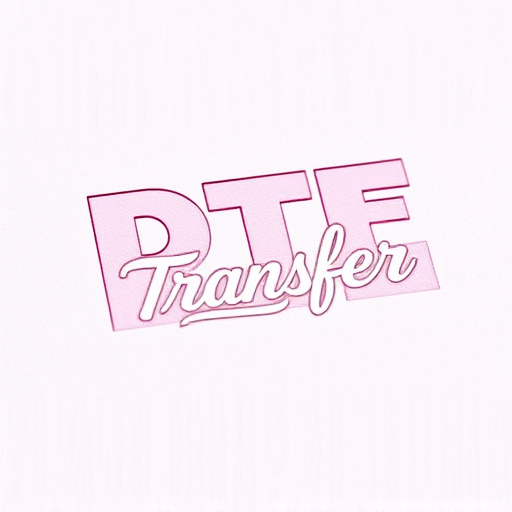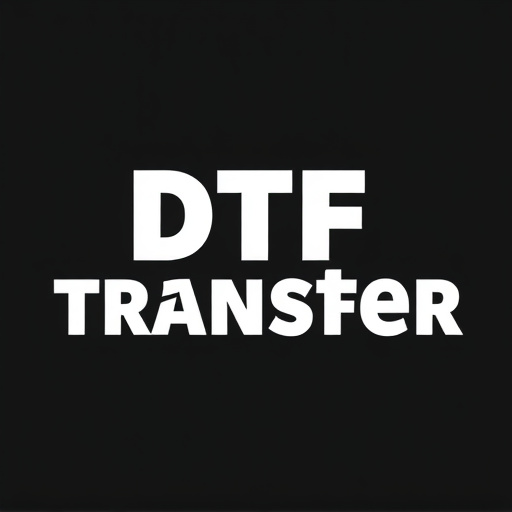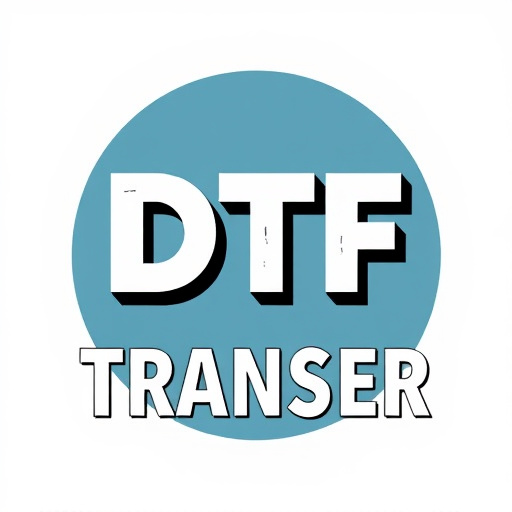Direct-to-Film (DTF) Transfer is a cutting-edge method to convert film footage into digital formats, maintaining its original look and feel. The process involves meticulous preparation, high-resolution capture with specialized equipment, advanced software enhancement, and stabilization. Choosing the right DTF transfer service requires considering companies with proven expertise, modern gear, and customization options. Industry leaders like F2N Film Transfer, Restoration Science, and Film Conversion Services offer exceptional quality, from vintage restoration to rare film conversions. Modern DTF technologies achieve 4K resolution and HDR, preserving cinematic aesthetics seamlessly. When digitizing home movies, investing in high-end tools, proper preparation, and expert editing is crucial to avoid degradation and ensure pristine memories.
In today’s digital age, preserving and enhancing film quality is more vital than ever. Understanding Direct-to-Film (DTF) transfer offers a cutting-edge solution for filmmakers and enthusiasts seeking flawless results. This comprehensive guide explores the intricacies of DTF, from its basic principles to advanced technologies. We’ll navigate the crucial factors in choosing top-rated services, common pitfalls to avoid, and essential tips for achieving optimal outcomes. Discover the best DTF transfer options available in the market and elevate your film experience.
- Understanding Direct-to-Film (DTF) Transfer: The Basics
- Factors to Consider When Choosing DTF Transfer Services
- Top-Rated Companies for High-Quality DTF Transfers
- Advanced Technologies and Their Impact on DTF Quality
- Common Pitfalls to Avoid During the DTF Process
- Tips for Ensuring Optimal Results with Your DTF Transfer
Understanding Direct-to-Film (DTF) Transfer: The Basics
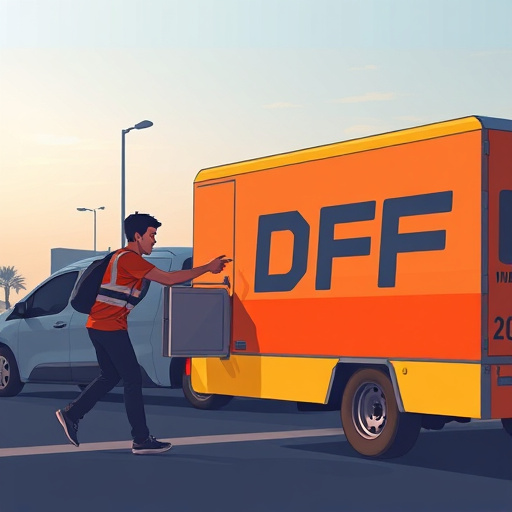
Direct-to-Film (DTF) Transfer is a cutting-edge process that enables the digital conversion of film footage directly into a high-quality digital format, preserving its original look and feel. Unlike traditional scanning methods, DTF involves capturing the image from the film itself, eliminating potential artifacts introduced during the scan. This technology ensures that every frame is digitally replicated with remarkable precision, resulting in superior picture quality.
The process begins by carefully preparing the physical film, ensuring it’s clean and free from damage. A specialized camera or scanner then captures the film at a high resolution, converting analog data into digital information. Advanced software plays a crucial role in enhancing and stabilizing the image, compensating for any movement or imperfections present on the original film stock. This results in a seamless digital transfer that retains the cinematic aesthetic of traditional film photography.
Factors to Consider When Choosing DTF Transfer Services
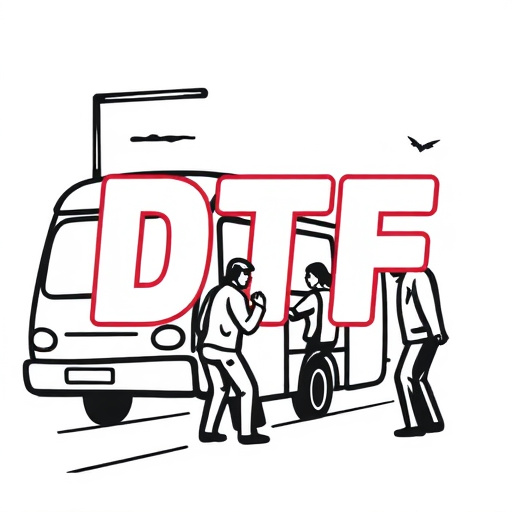
When selecting a Direct-to-Film (DTF) transfer service, several key factors come into play to ensure you receive the highest quality results. Firstly, consider the expertise and experience of the service provider; look for companies specializing in DTF transfers with a proven track record of successful projects. This ensures they have the necessary knowledge and skills to handle your footage effectively.
Another crucial aspect is the equipment used. Advanced, high-resolution cameras and state-of-the-art editing software are essential for delivering crisp, clear images. Additionally, check their transfer process; opt for services employing modern, professional-grade gear to minimize noise, distortion, and color inaccuracies. Reputable providers should also offer customization options, allowing you to choose specific settings tailored to your film’s unique characteristics.
Top-Rated Companies for High-Quality DTF Transfers
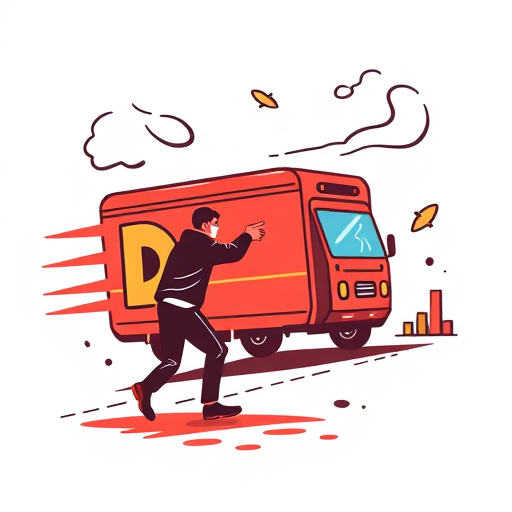
When it comes to direct-to-film (DTF) transfers, several companies stand out for their commitment to delivering top-tier quality. One of the industry leaders is F2N Film Transfer, renowned for its meticulous attention to detail and innovative techniques. They offer a wide range of services, from vintage film restoration to modern HD transfers, ensuring every frame captures the essence of the original. Another notable mention is Restoration Science, known for their scientific approach to preservation, utilizing advanced technology to achieve stunning results.
Film Conversion Services has also made a name for itself by specializing in unique formats and archival preservation. Their expertise lies in converting rare and obsolete films to modern standards, making them invaluable for cinematic historians and enthusiasts. Each of these companies boasts an impressive portfolio, customer testimonials, and a deep understanding of the intricacies involved in DTF transfers, ensuring film lovers can enjoy their favorite classics or contemporary titles with unparalleled visual clarity.
Advanced Technologies and Their Impact on DTF Quality

The evolution of direct-to-film (DTF) transfer technologies has significantly enhanced the quality of digital conversions, allowing for more accurate representations of the original film. Advanced technologies like 4K resolution and HDR (High Dynamic Range) have become industry standards, ensuring a sharper picture with improved color accuracy. These advancements capture intricate details, from fine facial features to subtle color gradients, resulting in a visually stunning experience.
Additionally, modern DTF transfer methods employ sophisticated noise reduction algorithms and advanced image processing techniques. These innovations minimize graininess and other digital artifacts, preserving the cinematic look and feel of the original film. As a result, viewers can enjoy a seamless blend of classic cinema and contemporary digital excellence.
Common Pitfalls to Avoid During the DTF Process
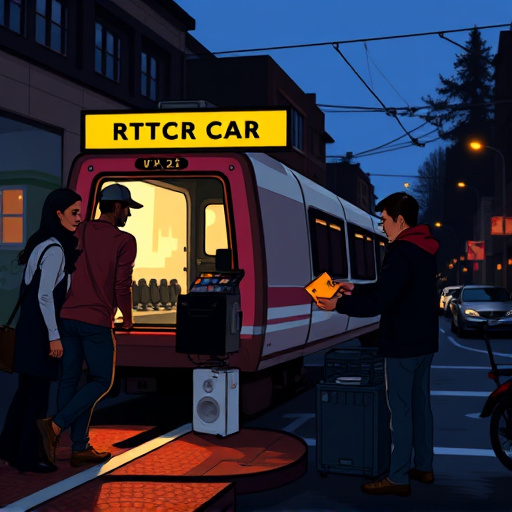
Direct-to-film (DTF) transfers are a popular choice for preserving and sharing home movies, but they come with their share of challenges. One common pitfall is using low-quality equipment or software, which can result in grainy images, distorted colors, and poor audio clarity. It’s essential to invest in high-end equipment and professional services to ensure the best possible outcome.
Another avoidable mistake is inadequate preparation and editing. Neglecting to clean and repair the film before transfer can introduce static, scratches, or other damage into the digital file. Additionally, improper editing can lead to choppy footage or missing scenes. Take the time to clean and inspect your film thoroughly and consider seeking expert help for editing to preserve every detail of your precious memories.
Tips for Ensuring Optimal Results with Your DTF Transfer

To ensure optimal results with your Direct-to-Film (DTF) transfer, start by preparing your source material properly. Clean and digitize your film or video tape using professional equipment to minimize noise, grain, and other artifacts that can degrade quality. Ensure your digital file is in a high-resolution format suitable for DTF transfers, such as 4K or higher.
Next, select a reputable service provider with experienced technicians who understand the nuances of DTF transfers. Communicate your specific requirements clearly, including desired frame rate, aspect ratio, and color grading preferences. Regularly review test samples provided by the service to ensure accuracy and make adjustments as needed before finalizing the transfer.

